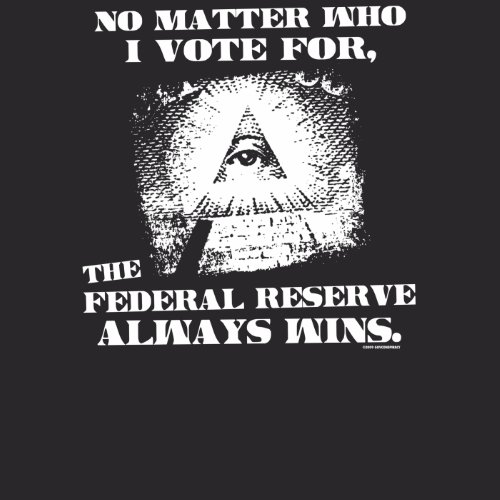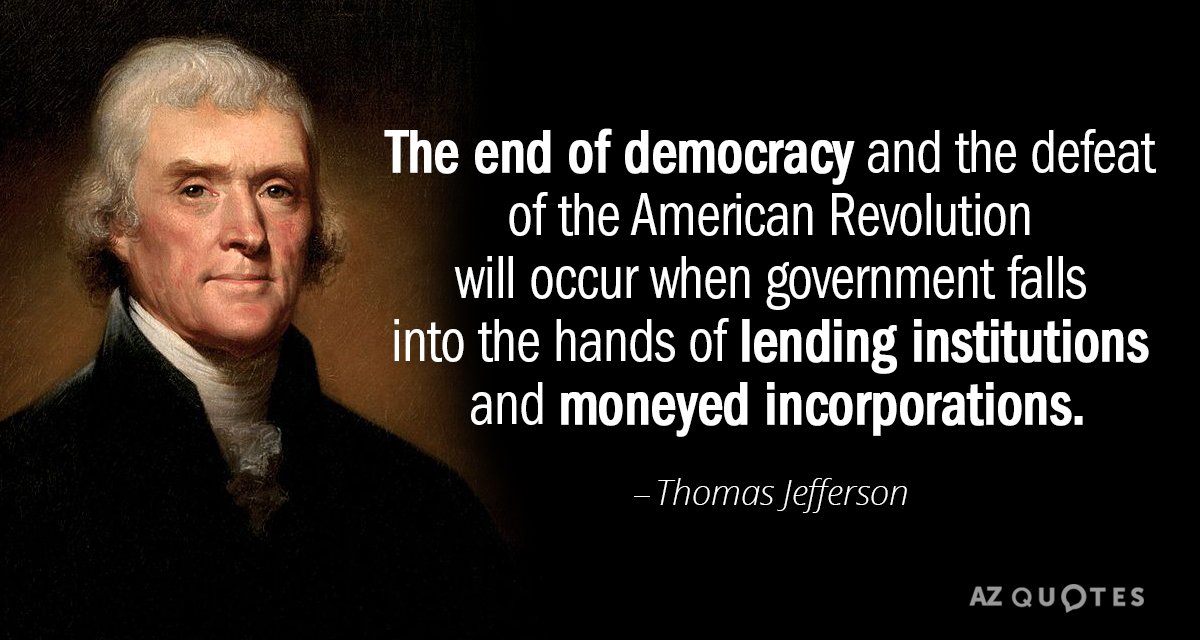For over a decade, central banks across the world, have followed our Fed in allowing unproductive debt to explode. The combination of low-interest rates and quantitative easing has created a one-time boost to the economies but then remains on the books drawing interest. At some point this becomes unsustainable. More attention must be given to the fact all economic growth is created equal. If you spend money but afterward have little to show for it, you have wasted it.
In the late 1970s, during a period of high unemployment and high inflation, Congress directed the Fed “to increase production by pursuing and promoting the goals of":
- Maximum employment
- Stable prices
- Moderate long-term interest rates
This is generally what people are talking about when it comes to the Fed's mandate, the focus usually is placed on maximum employment and price stability. The Fed has greatly overstepped and overreached twisting policy in a self-serving way which resulted in it taking on the role of the great enabler. This made possible the 2008 financial crisis where several interrelated factors came together while a clueless Fed claimed all was well. History now shows low-interest rates, low lending standards, and deregulation all contributed to that perfect storm.
Years ago President Eisenhower warned the American people about the Industrial Military Complex, but nobody warned us of an even more evil alliance, that of the "Financial-Political Complex." Following the 2008 global crisis, the Fed adopted the role of propping up governments and the economy by bringing big banks deeper into the fold. The Fed is also guilty of casting away its role to check and balance government spending. Under its shelter, it has allowed politicians to expand and engage in massive deficit spending.
The unholy alliance of the Federal Reserve, the government, and the too big to fail has created an economic nightmare and put the economy in a precarious position. Adding to this is that our government tax system has incentivized people to buy stocks. This coupled with stock buybacks has aided in corrupting true price discovery. Ironically, the huge investment institutions and investors place in intangible assets and "paper promises" each year has up until recently helped keep inflation in check.
Circling back to the idea America is suffering from the wrong kind of growth, people must understand much of the money America claims to "invest in itself" each year through government spending and programs is simply wasted. Countries need to create policies that generate the right kind of economic growth, growth that is sustainable, with a purpose, well directed, and that has long-lasting benefits. It should be in harmony with the environment and at the same time make economic sense. Proper planning often allows for rebuilding and improving rather than replacing and destroying everything currently on the ground.
Many of the worse examples of poorly directed growth can be contributed to poorly crafted government programs. An old example that still stands out is the cash for clunkers problem following the 2008 financial crisis. Many of the cars destroyed were not the nation's worse "clunkers", but instead cars swept into the group because they qualified as a trade-in.
Another example is how America handled the move from analog to digital television which caused the premature death of literally hundreds of millions of functional televisions. Most hit the curb for trash pickup and found their way into the nation's landfills. Little effort was made to collect and recycle these units. Adding insult to injury, few of the replacement units were made in America so the money spent on them quickly left our shores adding to our trade deficit and providing few jobs for Americans.
Place into the poorly directed growth much of the government money spent on hospitals and colleges that many Americans can no longer afford to visit or attend. While two totally different animals, both have been propelled into the future using tax dollars. This has influenced where they are built and the priorities of their design. Colleges have spent billions on theater-style classrooms, massive parking garages, spacious student union buildings, and student housing that compete with the private sector. Hospitals often flee the city and construct whole communities on the edge of town leaving a hole in the neighborhood they left, this often results in the closing of local businesses and urban blight.
In truth, growth need not be ugly and destructive, but when using huge amounts of other people's money common sense often is the first thing to go as planners seek to create a clean slate where those in power can construct a monument for themselves. Historically the government has a poor record of spending our tax money, it seems that those making the decisions are easily swayed by self-interest or because they have no "skin in the game." Often they simply fail to demand a fair return on the money spent.
| If you spend money but afterward
have little to show for it, you have wasted it. |
To be clear, the problem we face is that poorly spending
even trillions of dollars does not necessarily create a strong economy. This is what makes many taxpayers skeptical about claims that
infrastructure spending is the silver bullet that will be able to move
us forward. Infrastructure spending has great
potential to slide into the area of waste and corruption driven by
political motivations rather than necessity. Much of the money slated
for spending generally ends up financing boondoggles. The reason infrastructure spending can
sometimes be considered part of a false economy is the number of jobs created from such spending are often only temporary and overstated.
Until now, years of quantitative easing have acted as a tailwind pushing the economy forward. As it ends expect to pay a huge price. QE carries with it huge side effects by distorting and creating a false market that encourages investors to take on more risk. Possibly the biggest flaw manifests itself in the squandering of opportunities that some see as a get-out of "problems free" card, but in reality, this money is not free. One of the biggest concerns is that the withdrawal of this program by its design in effect creates a substantial economic headwind.
Minor changes in how the GDP is calculated have muddied the water and had the effect of making the economy appear stronger than it is by giving the impression of real growth. We should not forget that improving the GDP / National debt ratio causes our debt to seem less dramatic. If the government was interested in a more honest reflection on economic growth they could back bankruptcies out of the GDP as lost assets, the fact is many debts are not getting paid down or off but simply being written off. This is often the case with new business start-ups that propel the economy forward when created but usually leave a wake of destruction behind when they fail after a short time.
 |
| Is Powell Intentionally Incompetent? |
Today many regulations favor big business. They have the ability to raise money while many small businesses cannot. Regulations also weigh heavier on small firms. As their smaller competitors fail large firms pick up more business. This is one of the main reasons for the lack of new job creation and why this recovery will be so hard to sustain. The 1982 recession should never be used as a comparison to what we have today. That recession was self-induced when Fed Chairman Paul Volcker raised interest rates to curb inflation. The reason behind that recession is far different than what we face today making invalid any claims of similarity. Back then, dropping rates quickly brought back a surge of activity. Today, we desperately need a Fed that pursues policies that put America First.
This blog is not written for money
or profit but as a way to share ideas
and thoughts. If you liked this post
feel free to E-mail it to a friend
Republishing this article is welcomed with reference to Bruce Wilds/AdvancingTime Blog


No comments:
Post a Comment